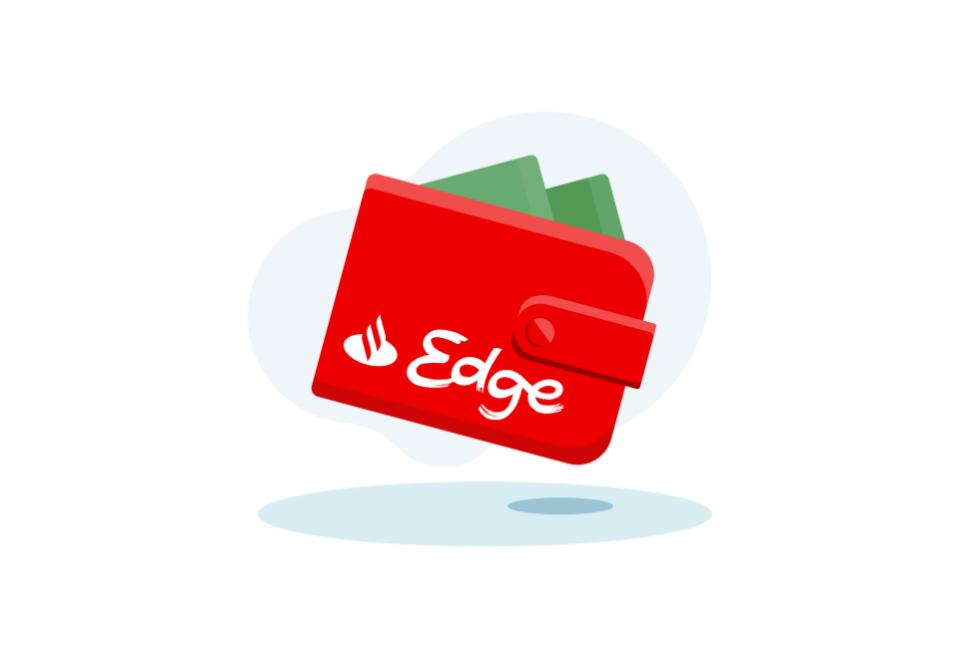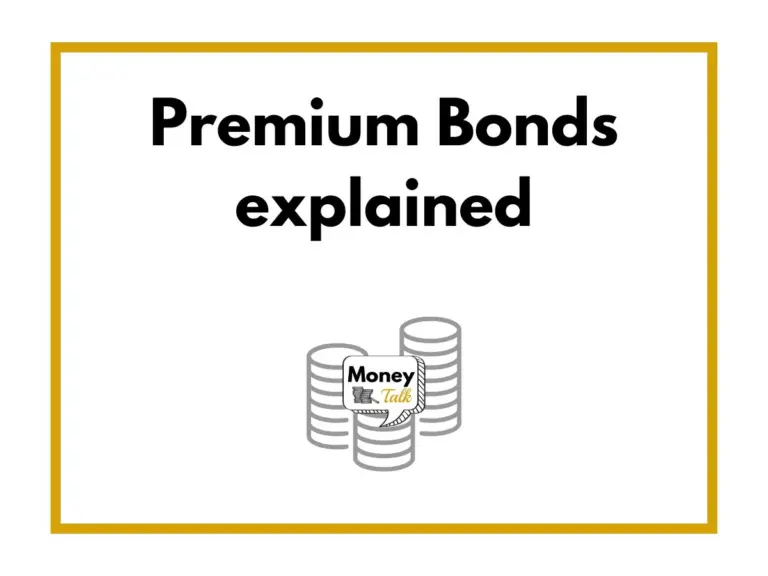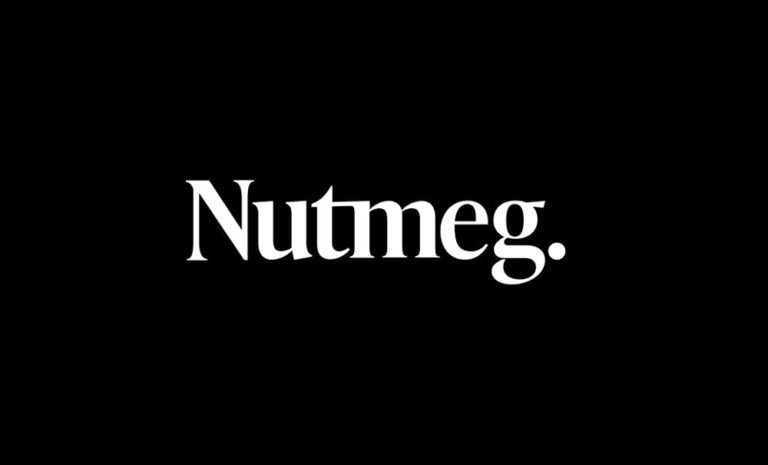Santander Edge: Is it worth switching current accounts?
Money Talk is intended to inform and educate; it's not financial advice. Affiliate links, including from Amazon, are used to help fund the site. If you make a purchase via a link marked with an *, Money Talk might receive a commission at no cost to you. Find out more here.
Launched in November 2022, the Santander Edge current account replaced the bank’s popular 1|2|3 Lite current account, with the latter completely withdrawn in June 2023.
Both are fee-paying accounts that require a minimum deposit of £500 a month and at least two direct debits in place.
However, Santander Edge costs £3 per month, while Santander 1|2|3 Lite was only £2 a month.
For that monthly fee, you get a couple of different perks, including cashback on everyday spends, and a generous linked savings account.
Given there are plenty of other great current accounts, I wanted to look at whether it’s worth making the switch, especially for existing customers.
Benefits of Santander Edge
On the face of it, Santander Edge‘s perks look pretty good.
You can make upwards of £511.20 a year for the first year through a mix of interest rate payment and cashback (the breakdown below).
When you take away the monthly fee, that comes to £475.20 a year – not bad at all.
International and CHAPS payments are free, and it won’t charge you to use your debit card abroad.
Cashback on spending
You get 1% cashback at supermarkets and on travel costs if you pay with your debit card, and 1% cashback on selected household bills when paid via direct debit.
Both of these are capped at £10 a month, which means you’ll make a maximum of £20 a month, or £240 a year.
Linked savings account
You have the option of opening up a linked savings account as well. This currently pays a market-leading interest rate of 7% AER on deposits of up to £4,000 (it includes a 2.5% AER bonus rate for the first 12 months).
If you deposit the maximum amount of money at the beginning of the year, Santander says you can typically get £22.60 a month in interest, adding up to £271.20 after 12 months for the first year.
However, anything above £4,000 is not paid any interest at all.
Santander Boosts
You can also get additional perks through Santander Boosts.
It’s free to join and you can get cashback with certain retailers, vouchers, special offers and prize draws.
What you can get cashback on
Unlike the 1|2|3 Lite, Santander Edge lets you earn cashback on your everyday spending as well as direct debits for bills, so there are more opportunities to earn.
However, Santander has tweaked the cashback criteria a little since its launch.
The following expenditures are eligible for cashback.
It’s worth bearing in mind that not all retailers are part of the cashback scheme, which means even if you’re spending in the right category, you might not get the cashback.
You can check the full list of included retailers here.
1% cashback for using your debit card to pay for…
- Supermarket spends
- Train fares
- Bus fares
- Electric vehicle charging
- Petrol and diesel
1% cashback on direct debits for…
- Council tax bills
- Mobile and home phone bills
- Broadband and paid-for TV packages
- Gas and electricity bills
- Water bills
What’s the difference between 1|2|3 Lite and Santander Edge?
The 1|2|3 Lite account had a tiered cashback system for direct debits, and no cashback for spending.
It gave you:
- 1% cashback on council tax, mobile and home phone bills, broadband and paid-for TV packages and Santander monthly mortgage payments
- 2% cashback on gas and electricity bills, Santander Home Insurance premiums and Santander life protection premiums
- 3% cashback on water bills
There was a £5 a month cap on each tier, which meant you could only make a maximum of £15 a month in cashback, or £120 a year.
No interest was paid when you were in credit, and there was a £25 fee for international and CHAPS payments.
After paying the monthly fee of £2, you could make a maximum of £96 a year, which paled in comparison to Santander Edge.
Basically, even though Santander Edge costs more, you could make more money back through cashback.
Should you switch to Santander Edge?
There are some current accounts with great interest rates out there, and some are fee free, so it’s definitely worth having a look at those first.
As for switching to Santander Edge, it might only be worth it if you normally use a debit card instead of a credit card as this is where you’ll likely earn the most cashback.
It’s worth noting here that debit cards don’t carry the same kind of financial protection as credit cards, which might also factor into your decision.
For the direct debit cashback, you’re unlikely to earn the full amount possible – your monthly bill would need to be at least £1,000. Plus, not every company is eligible for cashback.
Santander has a cashback calculator that will help you estimate how much cashback you can actually earn – you should compare this to an interest earning current account to see which fares better.
If you do decide to switch, both TopCashback* and Quidco* are offering cashback if you sign up to the account through them.
Look out, too, for any additional swithing offers that could sweeten the deal.
This post was originally published in December 2022. It was updated in June 2024 to reflect changes in the Santander Edge account.
Pin this for later







